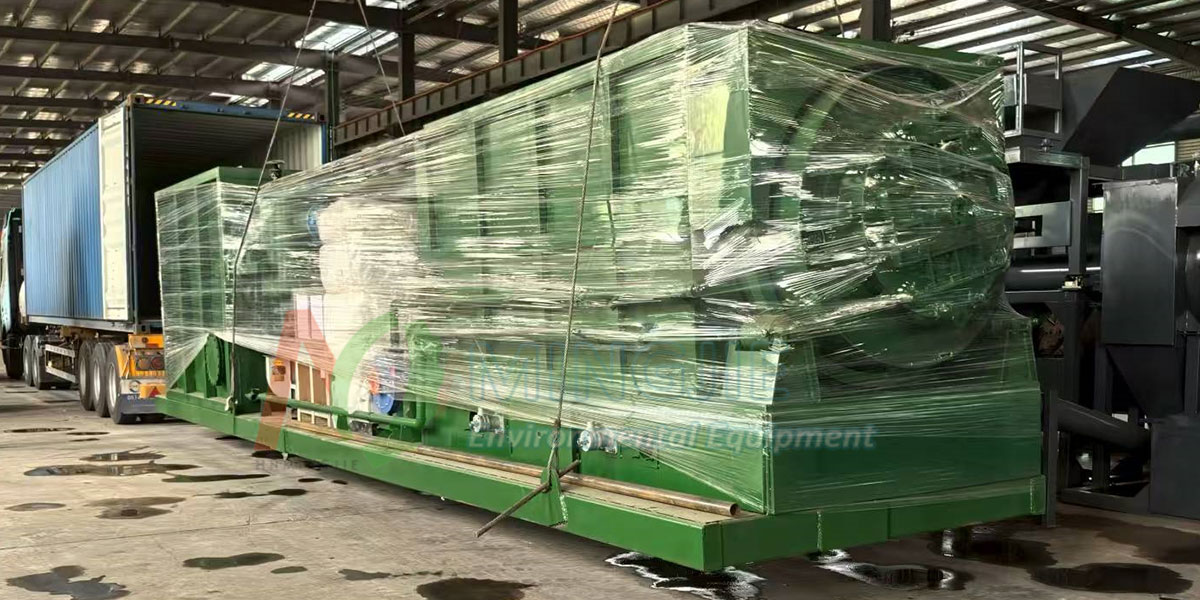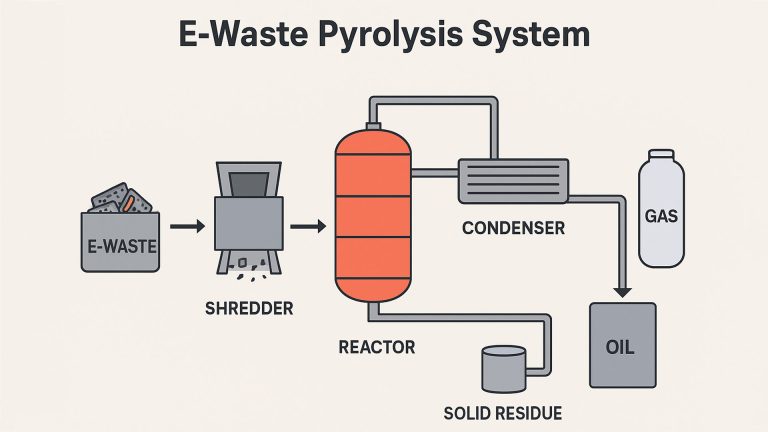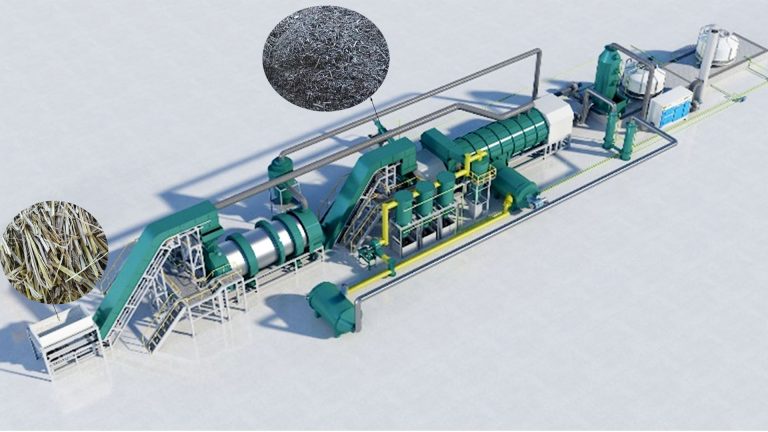On August 18, 2025, Mingjie Group completed the shipment of MJ-2 skid-mounted small plastic pyrolysis machine for sale to Morocco. The small-scale pyrolysis plant is one of our best-selling pyrolysis equipment, capable of processing 1-2 tons/day of waste plastic/tire. It features low cost, a small footprint, and requires no installation.
Small plastic pyrolysis machine can convert large quantities of waste plastic into useful products, pyrolysis oil, carbon black and syngas. For example, for common plastics like polyethylene (PE) and polypropylene (PP), the conversion rate can reach 80%.
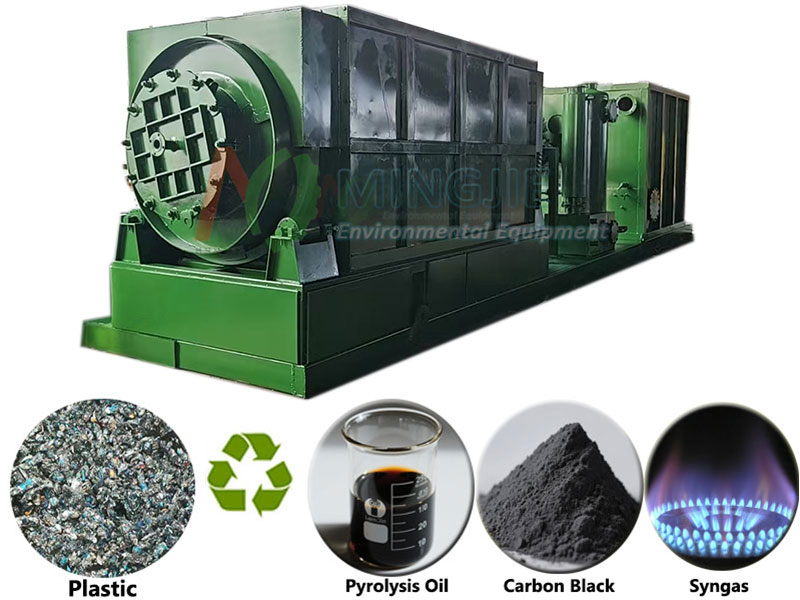
Compared to traditional plastic processing methods, this high conversion rate significantly improves the efficiency of plastic recycling. Small plastic pyrolysis machine reduces the accumulation of waste plastics and makes a positive contribution to environmental protection.
Unique Design of Small Plastic Pyrolysis Machine
The small plastic pyrolysis plant is like a meticulously designed precision instrument, comprised of numerous key components. Each plays an integral role in the pyrolysis process. It primarily comprises a pyrolysis reactor, a heating system, a condensation system, and a control system.
To ensure consistent and stable feeding, we provide a feeding system for small pyrolysis equipment. The feeding system precisely controls the plastic feed rate and volume, ensuring a stable pyrolysis reaction.
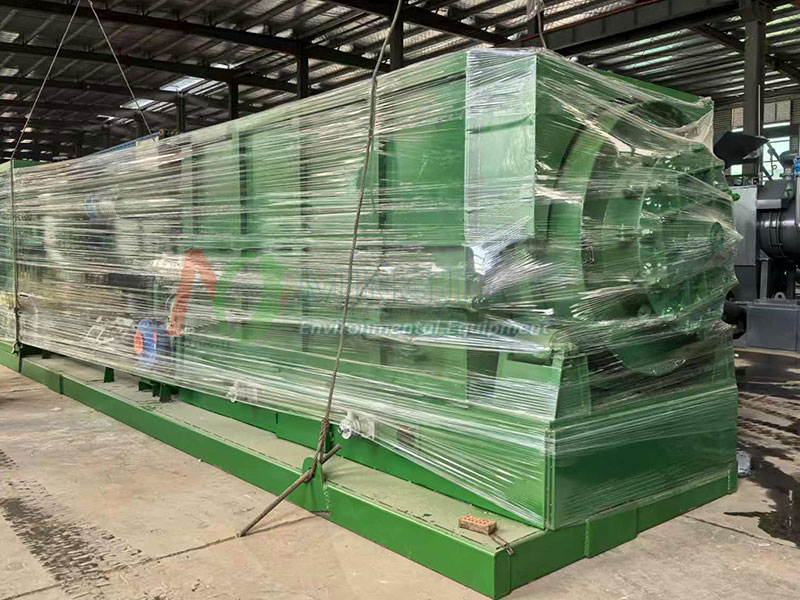
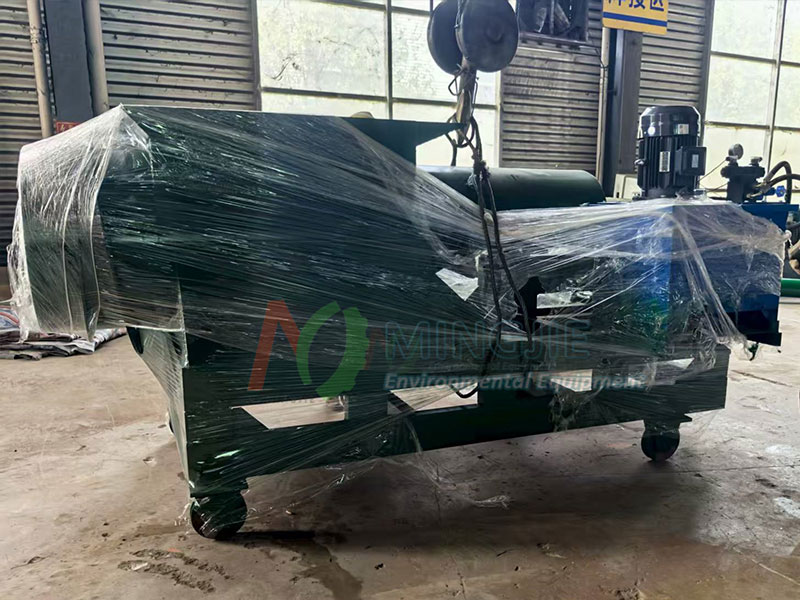

This small plastic pyrolysis machine uses gas heating. The pyrolysis reactor rotates, causing the materials inside to tumble, mix, and collide continuously. This allows heat to be evenly distributed throughout the plastic, preventing localized overheating or underheating. The unique design of pyrolysis reactor ensures uniform heating throughout the bottom, extending the reactor lifespan and increasing the pyrolysis rate.
The condensation system cools the gaseous products produced during the plastic pyrolysis process and condenses them into a liquid—plastic pyrolysis oil. It utilizes a three-in-one condensation system, integrating the condenser, water seal, and oil storage tank into a compact footprint.
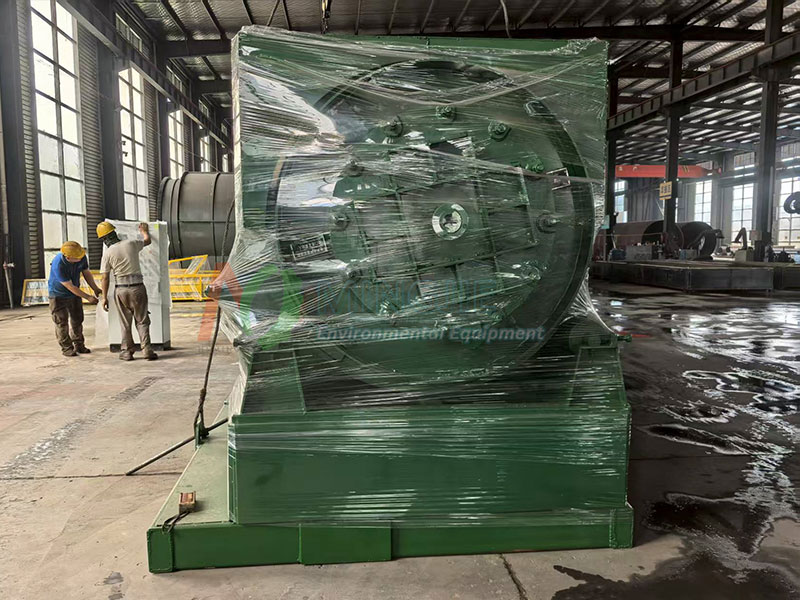
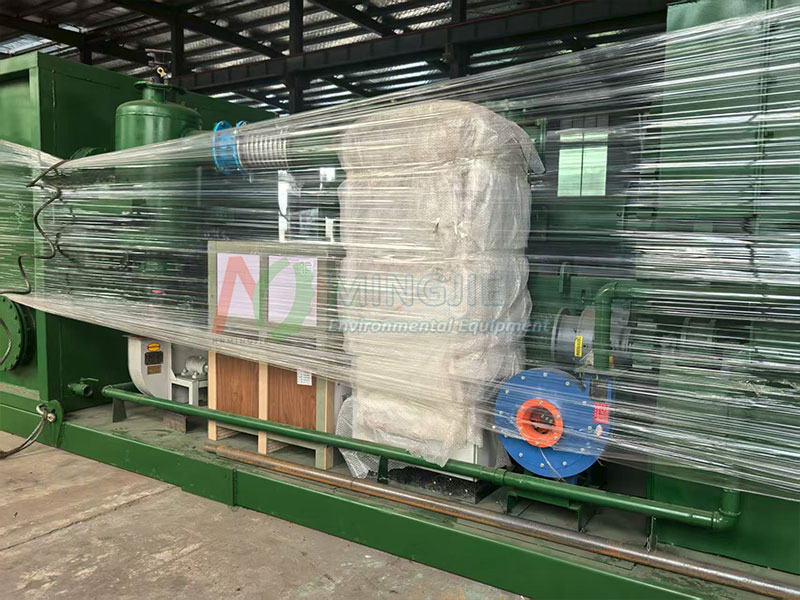
As the gaseous products flow through the condenser, they exchange heat with the cooling medium. Heat is removed by the cooling medium, lowering the temperature of the gaseous products and condensing them into a liquid. By continuously circulating the cooling water, the condenser maintains a consistently low temperature, improving condensation efficiency and ensuring smooth collection of the fuel oil.
After plastic pyrolysis, solid residues such as carbon black remain in the reactor. Screening and magnetic separation are commonly used to separate the solid product (carbon black) from other impurities, yielding a higher-purity carbon black product.
Plastic Pyrolysis Process in Small Pyrolysis Machine
The following video is the tire pyrolysis process in small pyrolysis machine. Small pyrolysis machines use batch operations to recycle solid waste such as plastics and tires. Batch pyrolysis plants mean that each step of the operation must complete a complete production cycle, such as feeding, heating, reaction, cooling, and discharging.
The core technology of small plastic pyrolysis machine is pyrolysis. This is a process that uses high temperatures to break down organic matter into small molecules in an oxygen-free or low-oxygen environment.
When waste plastic enters the small plastic pyrolysis machine, the high temperatures gradually break down the chemical bonds within the plastic molecules, decomposing the originally complex macromolecular structure. As the temperature continues to rise, the plastic molecules are further broken down into gaseous, liquid, and solid products.
The plastic pyrolysis process can generally be divided into three stages.
First, the drying stage. Once the plastic enters the plastic pyrolysis machine, relatively low temperatures (typically between 100 and 150°C) evaporate the water contained in the plastic.
Next, the pyrolysis stage, the core of the entire pyrolysis process, typically operates at temperatures between 300 and 800°C. During this stage, the plastic molecules begin to decompose rapidly, producing a large amount of volatile compounds. These volatile compounds gradually transform into gaseous, liquid, and solid products as the pyrolysis reaction proceeds.
Finally, the cooling stage is the stage, where the high-temperature pyrolysis products need to cool to stabilize and facilitate collection and subsequent processing. During the cooling process, the gaseous products will gradually condense into liquids, and the solid products will become more stable.

